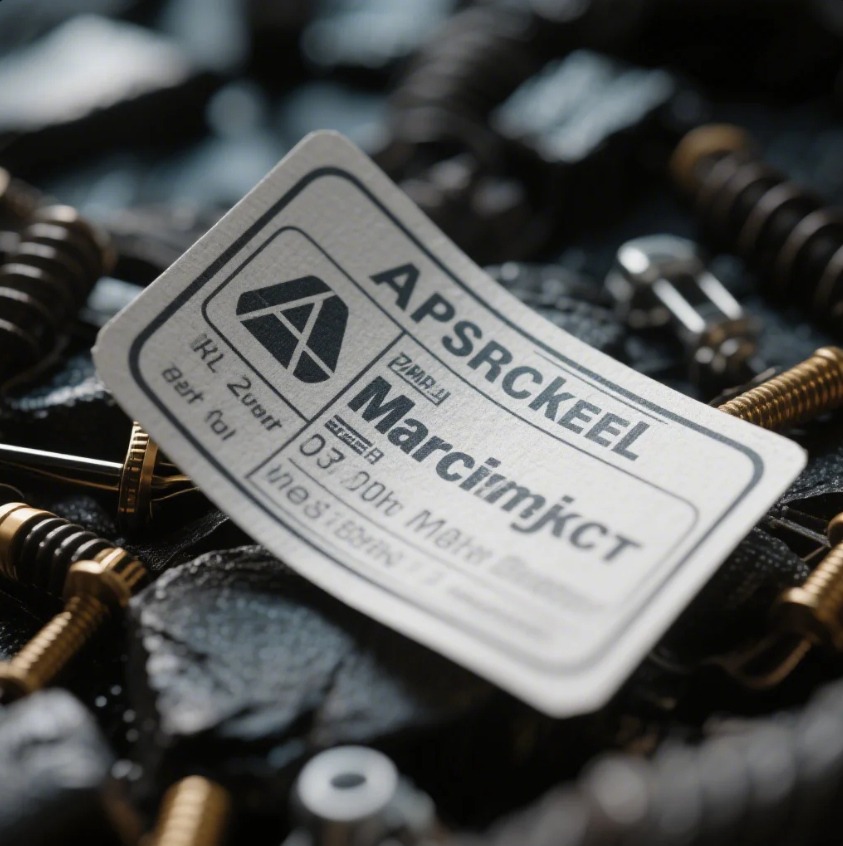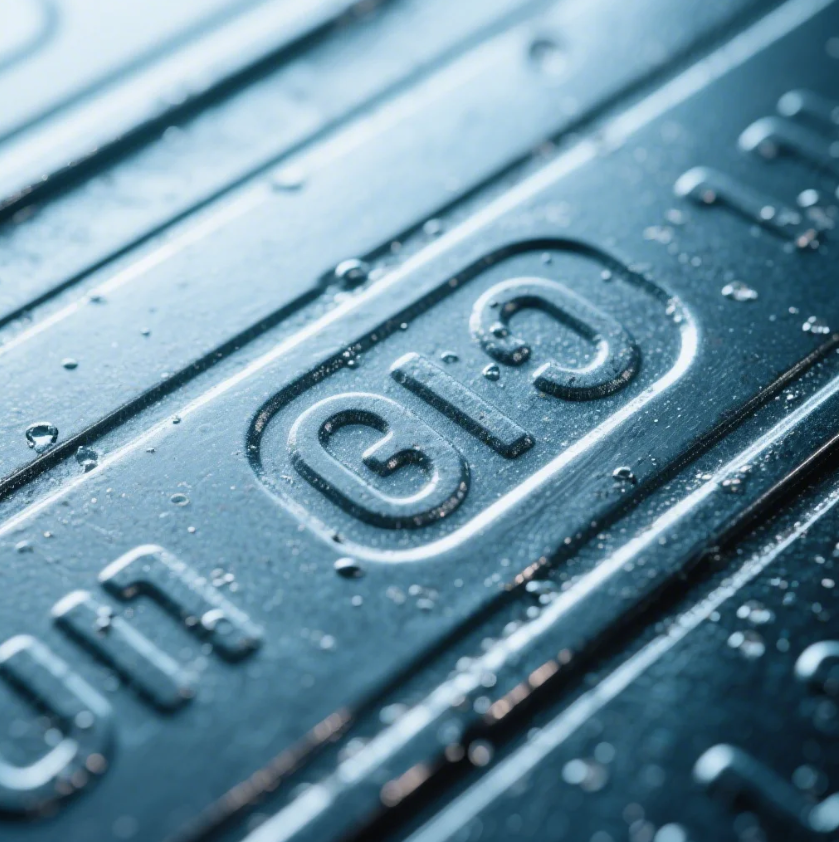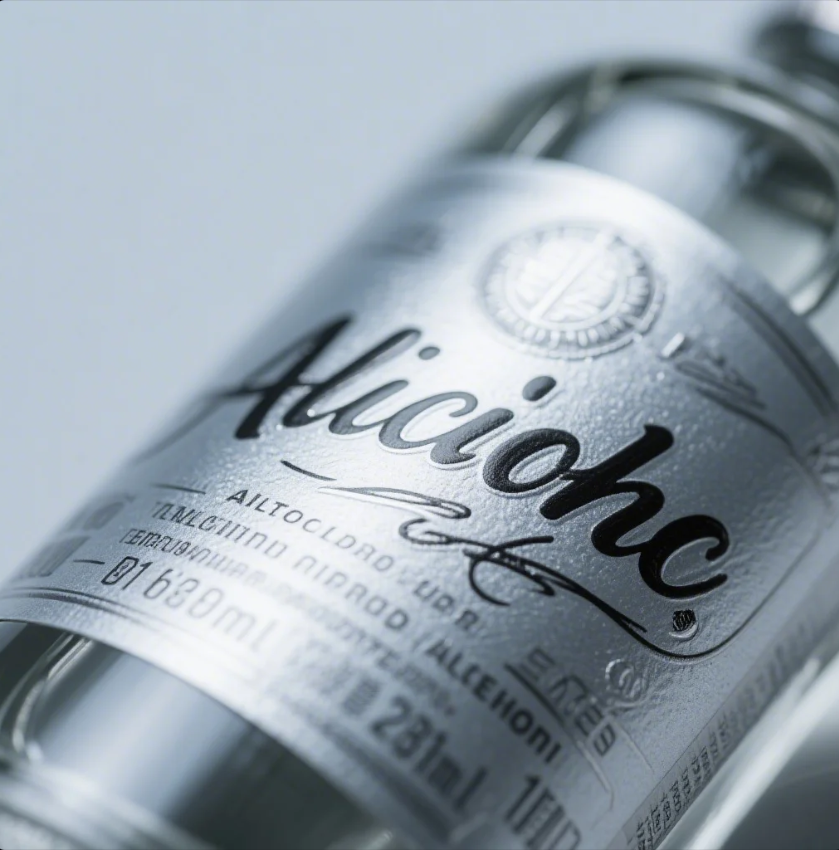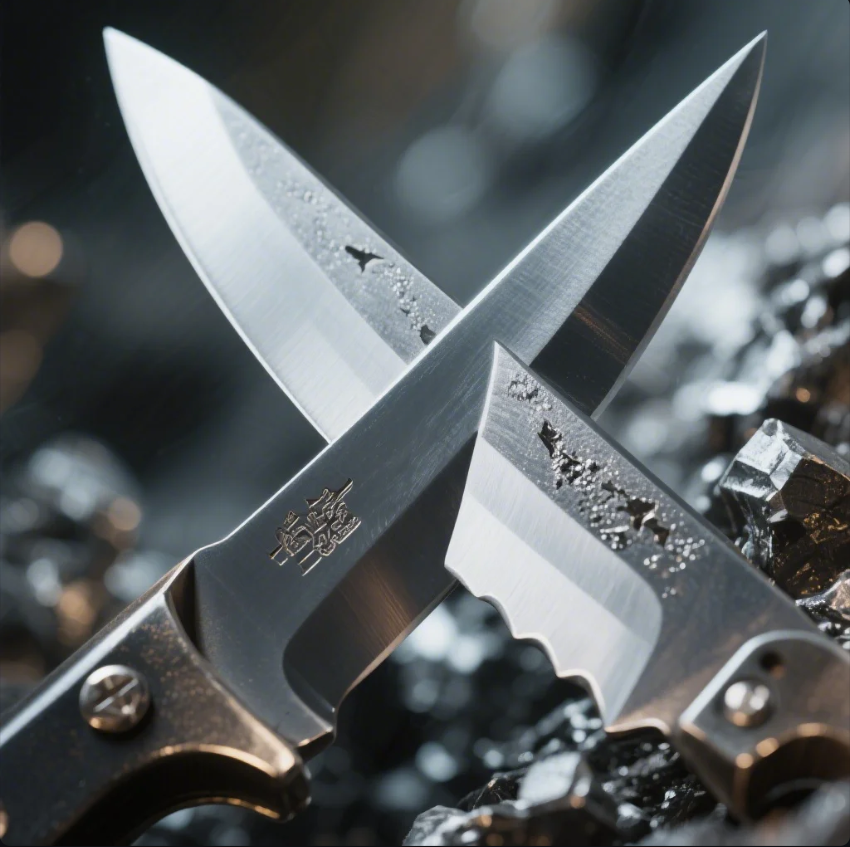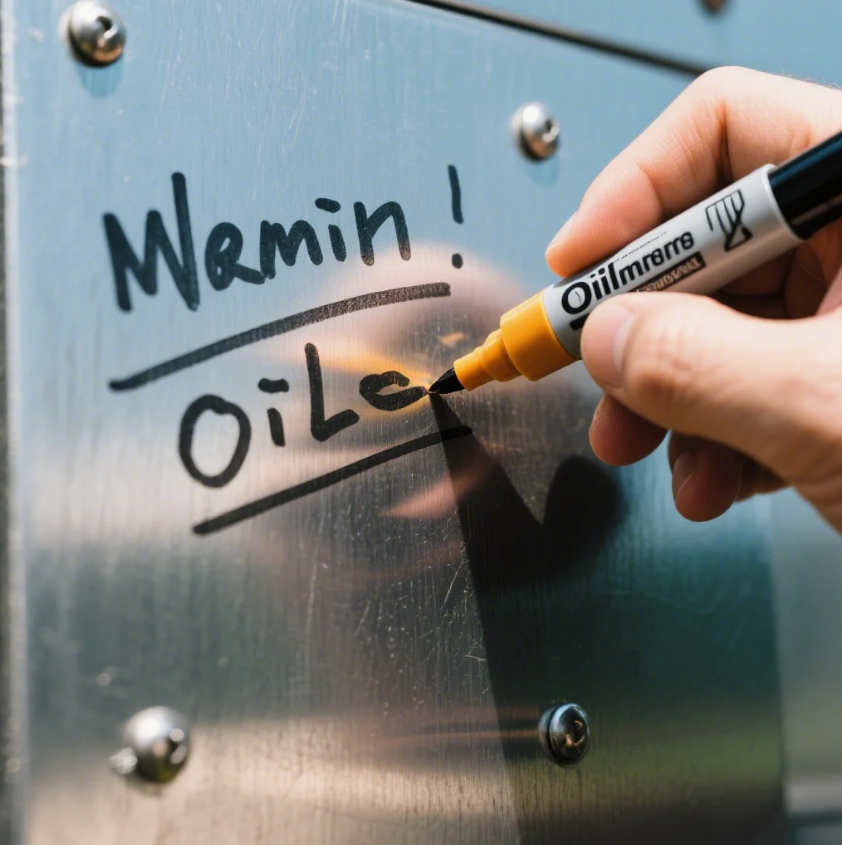TEMPLATE_START
Do you weld 7018 uphill or downhill?
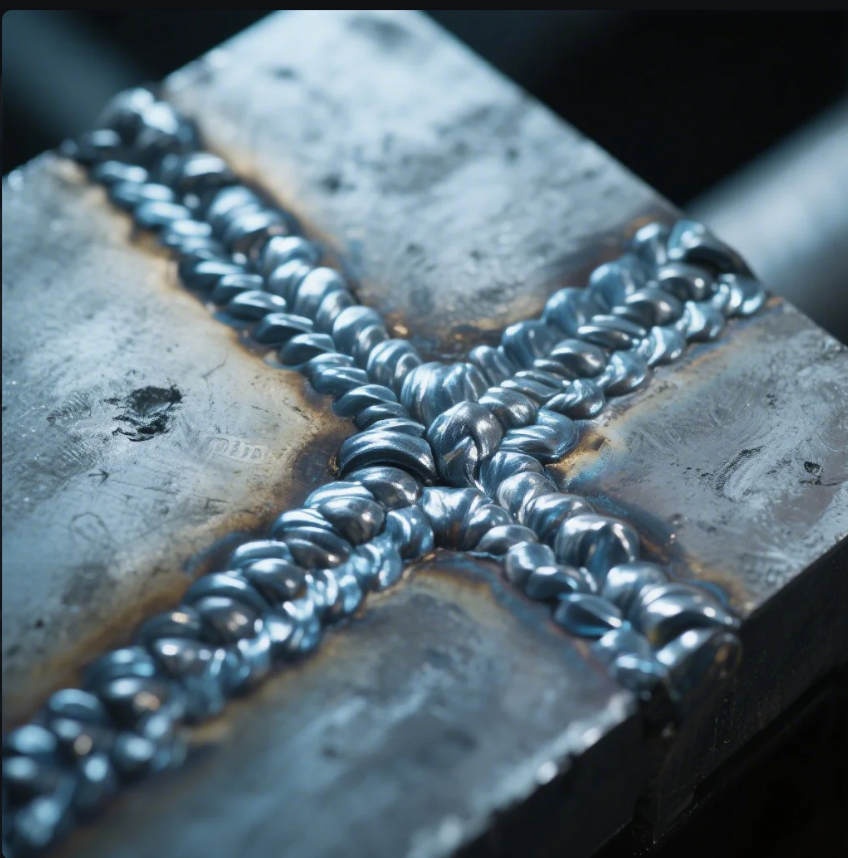
The 7018 welding rod is a popular choice among welders due to its strength, versatility, and excellent penetration. However, one of the most common questions that arise is whether to weld 7018 uphill or downhill. Choosing the correct technique can significantly impact the strength and appearance of your weld. Let’s dive into this question and explore the best practices for welding with 7018.
When welding with a 7018 rod, it is generally recommended to weld uphill for optimal penetration and strength.
This article will discuss why uphill is preferred, along with important considerations regarding the settings, techniques, and the pros and cons of vertical up and vertical down welding.
Should you run 7018 uphill or downhill?
The 7018 welding rod is designed to perform best when used in an uphill welding position. This is because the 7018 electrode is a low-hydrogen rod that requires good penetration to produce strong, durable welds. When welding uphill, the molten pool of metal flows upwards, allowing for deeper penetration into the base material.
Welding 7018 uphill provides better control over the weld, leading to a stronger and more structurally sound joint.
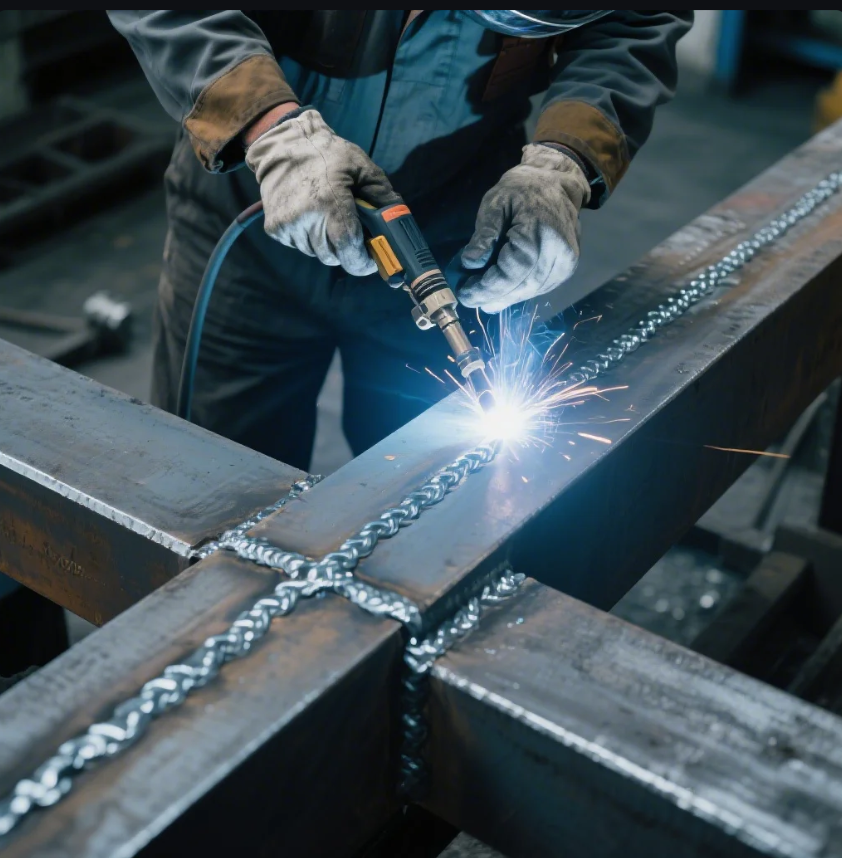
In contrast, downhill welding tends to create weaker welds because the molten material has a tendency to flow downward, which can result in poor fusion and lack of penetration. It’s more difficult to control the molten metal, and the weld may lack the strength required for many industrial applications.
Why is uphill better with 7018?
- Deeper penetration: The uphill motion allows the electrode to deposit more molten metal into the joint, which leads to better fusion.
- Stronger welds: An uphill weld is typically more robust and durable, which is critical for load-bearing applications.
- Better heat distribution: The heat generated from the electrode is distributed more evenly during uphill welding, improving the overall weld quality.
What setting do you weld 7018?
The settings for welding with a 7018 electrode depend on the welding machine, material thickness, and joint configuration. However, there are some general guidelines to follow when setting up your machine.
- Amperage settings: For 7018 rods, the typical amperage range is between 70 to 150 amps, depending on the rod diameter.
- For a 1/8" (3.2mm) 7018 electrode, the amperage is usually set around 90-120 amps.
- For a 3/32" (2.4mm) electrode, you may use 60-90 amps.
- Voltage: Ensure that the welding machine is set to DC (Direct Current), electrode negative (DCEN) for most applications.
- Travel speed: When using the 7018, a slower travel speed is recommended for better control of the weld pool, especially in uphill welding.
Remember, the exact settings can vary based on your specific welding machine and the material being welded, so it's always good practice to test on scrap material before starting your project.

7018 Welding Settings Summary:
| Electrode Size | Amperage Range | Voltage | Welding Polarity |
|---|---|---|---|
| 1/8" (3.2mm) | 90-120 amps | DCEN (Direct Current Electrode Negative) | 22-30 volts |
| 3/32" (2.4mm) | 60-90 amps | DCEN | 18-26 volts |
| 1/16" (1.6mm) | 45-70 amps | DCEN | 14-22 volts |
Is it better to weld vertical up or down?
When welding in a vertical position, welders often face the choice between welding vertical up (V-Up) or vertical down (V-Down). While both techniques have their advantages, welding vertical up is generally preferred for most applications when strength and durability are essential.
Vertical up welding provides better penetration, more control over the weld pool, and results in a stronger, more durable joint.
In contrast, welding vertical down is faster and may be used for thinner materials where penetration is not as critical. However, it is more difficult to control the molten pool and can lead to weaker welds if not performed correctly.
Vertical Up Welding:
- Advantages:
- Provides deeper penetration.
- Produces stronger, more durable welds.
- Better heat distribution.
- Suitable for thicker materials.
- Disadvantages:
- Slower process due to the need for more control over the weld pool.
Vertical Down Welding:
- Advantages:
- Faster than vertical up welding.
- Easier to control on thinner materials.
- Less spatter compared to vertical up.
- Disadvantages:
- Lower penetration.
- Weaker welds, especially on thicker materials.
Should you weld pipe uphill or downhill?
When welding pipes, the direction of the weld can significantly impact the quality and strength of the joint. Similar to plate welding, pipe welding can be done either uphill or downhill, but uphill welding is generally preferred for most pipe welding applications.
Welding pipe uphill ensures better penetration and a more stable weld pool, which is crucial for pipe joints that need to withstand pressure or heavy stress.

Downhill welding may be used in some cases, such as when welding thinner-walled pipes or for jobs where speed is a higher priority than strength. However, downhill welding is often more difficult to control, leading to potential issues like poor penetration and weaker welds.
Why is uphill welding better for pipes?
- Deeper penetration: Uphill welding allows for deeper penetration, which is essential for ensuring that the weld is strong and resistant to leaks.
- Stronger welds: Uphill welding deposits more material in the joint, creating a stronger bond that can better handle the stress and pressure pipes endure.
- More control: Uphill welding offers better control over the molten pool, which is crucial when working with thick-walled pipes.
Conclusion
When welding with a 7018 rod, uphill welding is typically the best approach for achieving strong, durable welds. Uphill welding provides deeper penetration, better heat distribution, and more control over the molten pool, leading to a stronger and longer-lasting weld. Whether you’re welding pipe, steel, or other materials, using the correct settings and techniques will ensure that you achieve the highest quality results.
Need help with your welding projects? Contact Prime today for expert advice, custom quotes, and quick delivery of high-quality welding components. We ensure top-notch service and timely results, making your next project a success.
TEMPLATE_END

